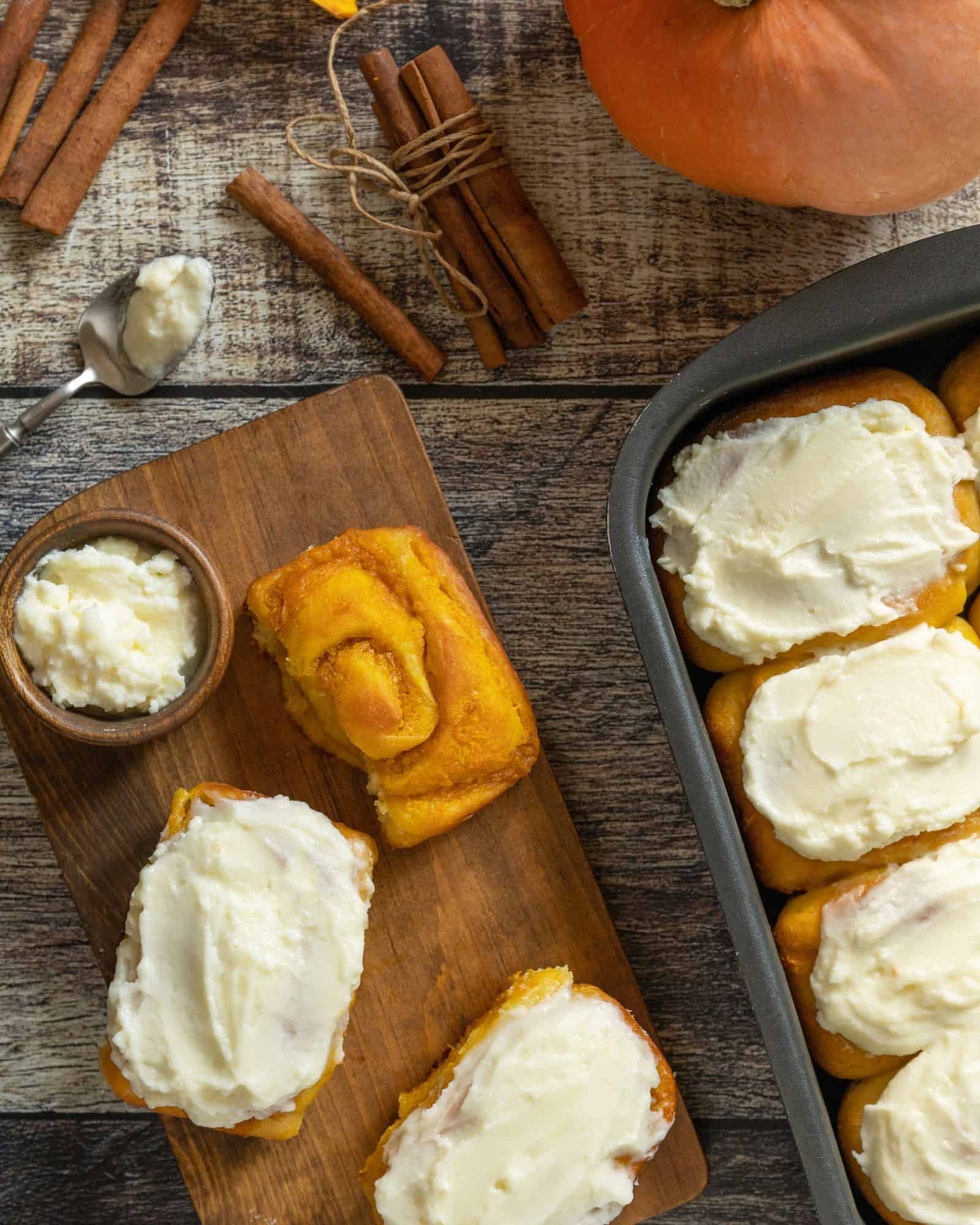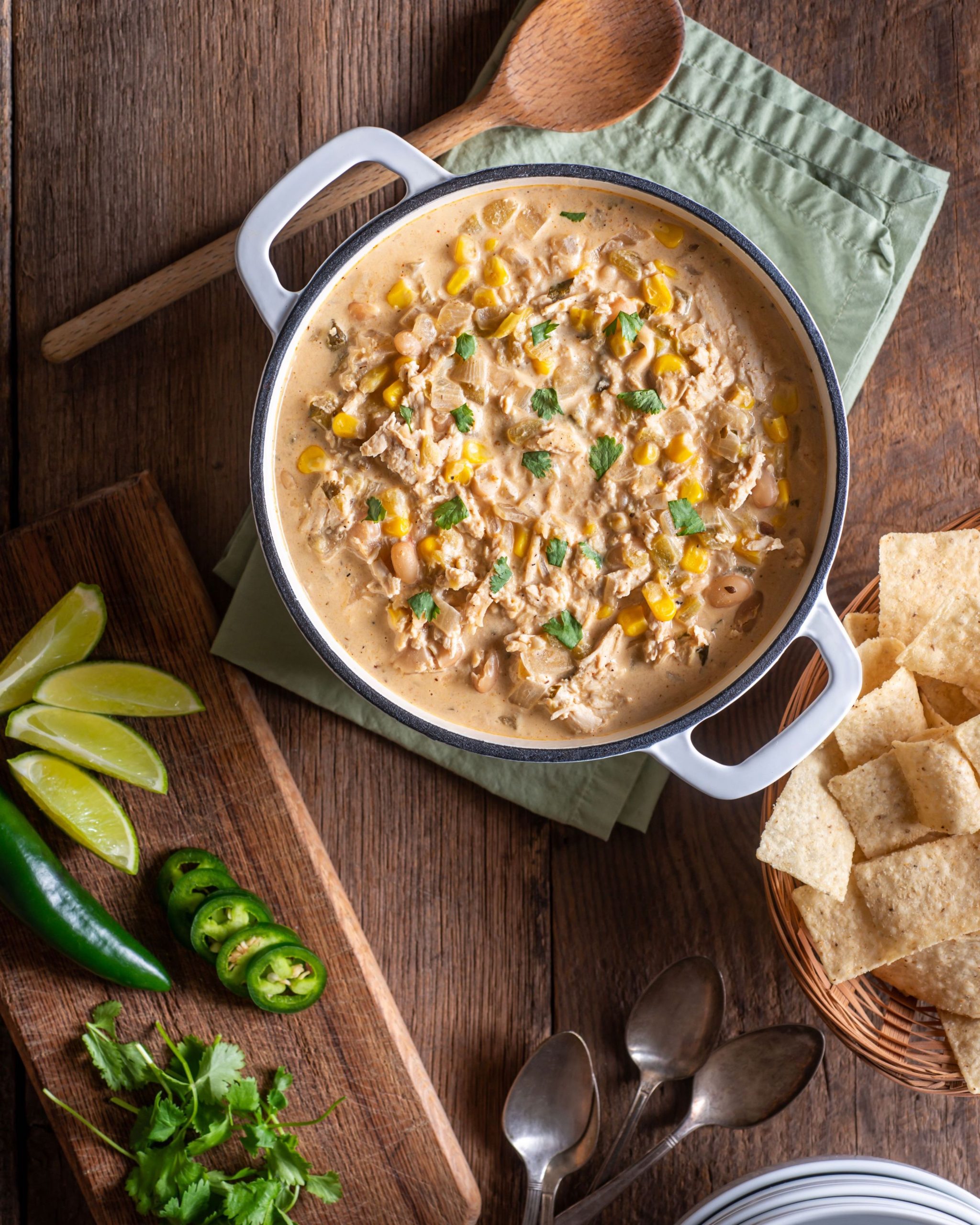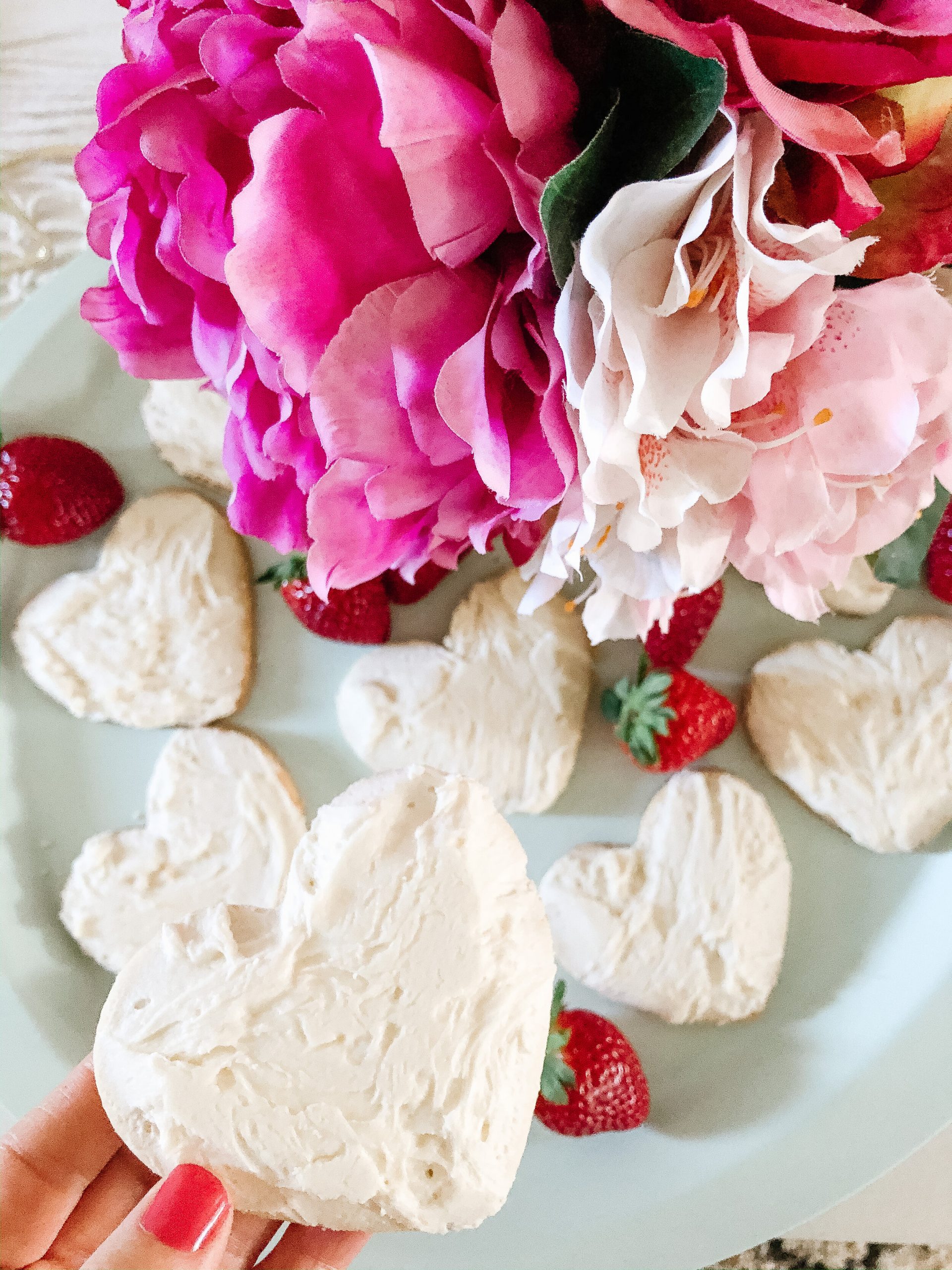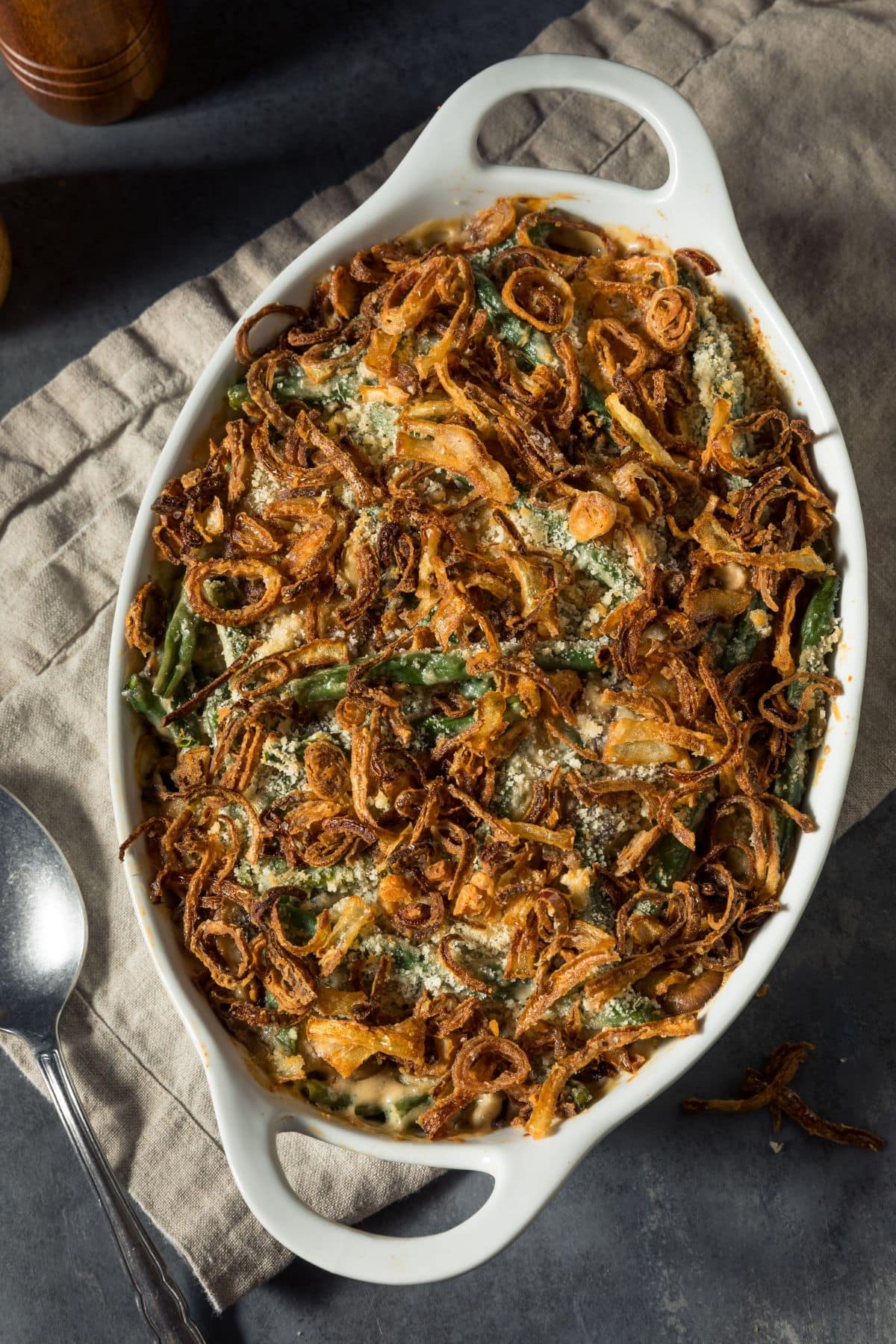How to Make a Stiff, Dry Sourdough Starter & Artisan Bread
Take the overwhelm out of sourdough with this stiff, dry starter! Sourdough baking is a wonderful option when it comes to nutritious, healthy bread! But maintaining a countertop starter can be tedious and comes with a lot of discard. This stiff, dry starter will make baking easy, sustainable, and discard-free! You get all the benefits of sourdough AND an easy process. It’s a win!

It is no secret that I love to bake, and I love to make sourdough recipes of our baked goods as much as possible! As someone who struggled with wheat sensitivities and gut issues in the past, sourdough is a mainstay in our home. I will occasionally eat “regular” wheat, but I prefer the health benefits of fermentation with sourdough! And with this dry sourdough starter method, the process is simple and easy
Why bake with sourdough
Baking with sourdough has many benefits — delicious taste, better gut tolerance, more nutritious, better for blood sugar, and more. Plus, you can control the ingredients, so there are no unnecessary ones!
- Sourdough has a complex, tangy flavor that comes from the natural fermentation process of wild yeast. The long fermentation creates a depth of flavor that’s often missing in breads made with commercial yeast.
- The fermentation process also helps break down gluten and other carbohydrates, which can make sourdough easier to digest. This is true for everyone, but it is especially important for people who are sensitive to gluten (though it’s not gluten-free).
- Sourdough is often considered more nutritious. This is because the fermentation process makes minerals like magnesium, zinc, and iron more easy for the body to absorb.
- The natural bacteria in sourdough also produce lactic acid, which helps to lower the bread’s glycemic index. This means that sourdough bread creates a slower rise in blood sugar compared to conventional, yeasted bread.

What is a dry sourdough starter
A stiff or dry sourdough starter is a type of sourdough culture that has a much lower hydration level compared to a typical, countertop sourdough starter.
A regular counter top starter usually has equal parts flour and water by weight (100% hydration). A stiff dry sourdough starter is made with more flour than water. This results in a dough-like consistency. A dry sourdough starter has a hydration level that is around 50%. It is 2 parts flour to 1 part water, by weight.
Because it has a lower hydration, a stiff or dry sourdough starter will keep in the refrigerator better than a typical starter. When you want to bake, you simply remove a bit of the dry starter, feed it once with flour and water, and it is ready and active to use in a bread recipe!
Why make a dry sourdough starter
- Longer storage: Since a dry or stiff starter ferments more slowly, it requires less frequent feeding. This makes it a good choice for bakers who want to maintain a sourdough starter but don’t bake as often. I store my dry starter in the fridge and remove part of it whenever I want to bake.
- Little to zero discard: Because you are storing your starter in the fridge and removing part of it when you want to bake, there is no discard.
- Versatile and easy to use: Once activated, the dry starter can be used just like countertop sourdough starter, making it incredibly versatile. If you choose, you can continue to discard and feed daily and keep a countertop sourdough starter.

Characteristics of a Dry Sourdough Starter:
- Dough-like Texture: Because it has less water, a stiff or dry starter has a firmer, more elastic texture. It resembles a stiff dough rather than the batter-like consistency of a liquid starter.
- Milder Flavor: A stiff or dry starter tends to produce bread with a milder flavor than one made with a liquid starter. This is due to the slower fermentation.
- More Stable: Dry starters are generally more resilient and easier to maintain over longer periods without frequent feedings. The reduced water content makes them less prone to spoilage or mold.
Converting Between Dry and Liquid Starters:
You can easily convert a countertop starter to a dry starter. And you can easily convert a dry starter to a liquid, active one. In fact, using my method, you convert your dry starter to a countertop starter each time you bake. This flexibility allows you to adapt your starter to different recipes or maintenance routines.
- To make a dry starter, combine 20 g active sourdough starter, 50 g warm water, and 100 g all-purpose flour.
- To convert to an active starter (you need an active starter to make bread), combine 30 g dry stiff stater, 130 g warm water, and 120 g all-purpose flour.
When you feed your dry starter to convert it to an active, countertop starter, allow it to sit for about 8 hours. Then it is ready to use in recipes! No daily feeding, no discard.
A dry sourdough starter is perfect for bakers who want a simple method and a lower-maintenance option!

This method makes sourdough so much easier for me, and I hope it does the same for you!

Dry Sourdough Starter & Artisan Bread Loaf Recipe
Using a stiff or dry sourdough starter allows you to bake with soudough and not have lots of discard in the process! Use this recipe to create and maintain your dry starter, as well as bake a delicious artisan loaf (or two!)!
Ingredients
Dry Starter Ingredients
- 20 g active sourdough starter
- 50 g warm water
- 100 g all-purpose flour
Active Starter Ingredients
- 30 g dry sourdough starter
- 120 g all-purpose flour
- 130 g warm water
Everyday Artisan Bread Loaf Ingredients
- 50 g active sourdough starter
- 350 g warm water
- 500 g bread flour (see notes)
- 10 g salt
Instructions
To make a dry starter
- Combine the active starter, water, and flour in a glass jar and stir well.
- Cover with a cloth and allow to sit on the coutner for 8 hours or overnight. It will double in size during this time.
- After 8-10 hours, place an airtight lid on the container and store in the fridge untli you are ready to bake.
To convert to an active starter
- Combine dry starter, warm water, and flour in a large jar. Stir well.
- Allow to sit on the counter for 8 hours or overnight until doubled in size and bubbly. The starter will have a pleaseant, yeast smell.
- At this point it is active and ready to be used in bread recipes.
To make bread
- Combine active sourdough starter and water to a large bowl. Mix well.
- Add in flour and salt and mix until a rough dough forms.
- After all the flour is mixed in, allow the dough to sit for 30 minutes. Cover with a damp tea towel. During this time, use your remaining active starter to make more dry starter, make another bread recipe, or both.
- After 30 minutes, mix the dough with your hands, pulling the doguh from the bottom and folding it into the middle. Turn the bowl as you go and continue pulling and folding.
- Allow the dough to sit for another 30 minutes, and repeat the pulling and folding process. Do this pulling and folding 2 more times over the next hour, about every 30 minutes.
- Allow your dough to sit covered with a damp towel for 8 hours or overnight.
- After 8 hours, the dough will have doubled in size. Cover with beeswrap or plastic and place in the fridge for about an hour.
- Place your dutch oven into your oven and turn it on to 450 degrees.
- Once cooled, turn the dough out onto a lightly floured surface to shape it. With the sticky side up, fold your dough into a tall rectangle. Take the short edge, and roll it onto itself to make a slightly oblong ball.
- Gently push the ball of dough back and forth acros the counter to build tension in the dough.
- Dust the top iwht rice flour and score if desired. Then, transfer the dough to a piece of parchment paper.
- Carefully place the dough into the dutch oven.
- Bake for 20 minutes covered, then remove the lid and bake for an additional 25-30 minutes depending on your oven.
Notes
- Bread flour has higher protein and will make a difference in your loaf. To use all-purpose flour, you can mix 1 tbsp vital wheat gluten into every 1 cup all-purpose flour to increase the protein content.
- You can find all my favorite sourdough tools right here.
Recommended Products
As an Amazon Associate and member of other affiliate programs, I earn from qualifying purchases.








